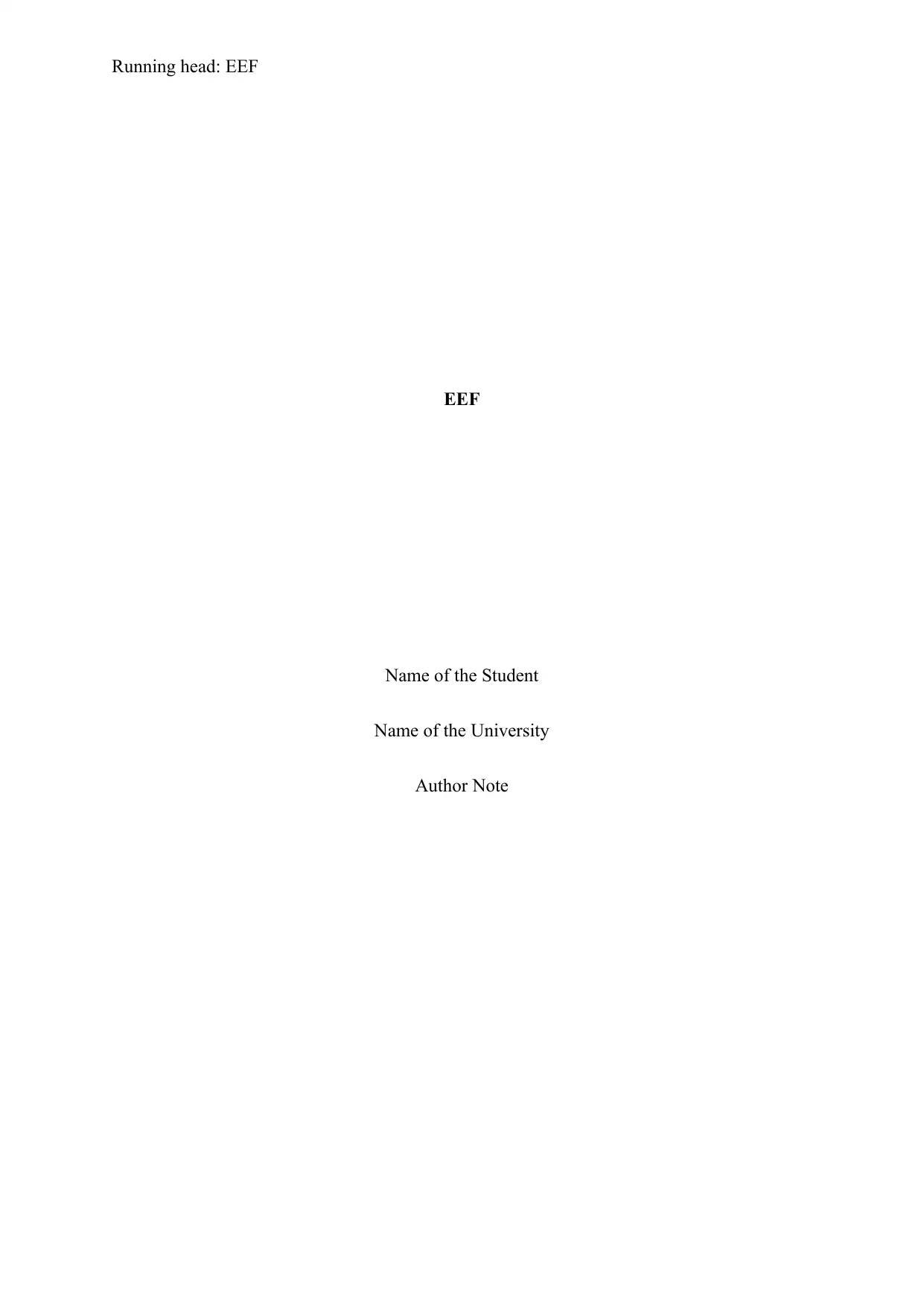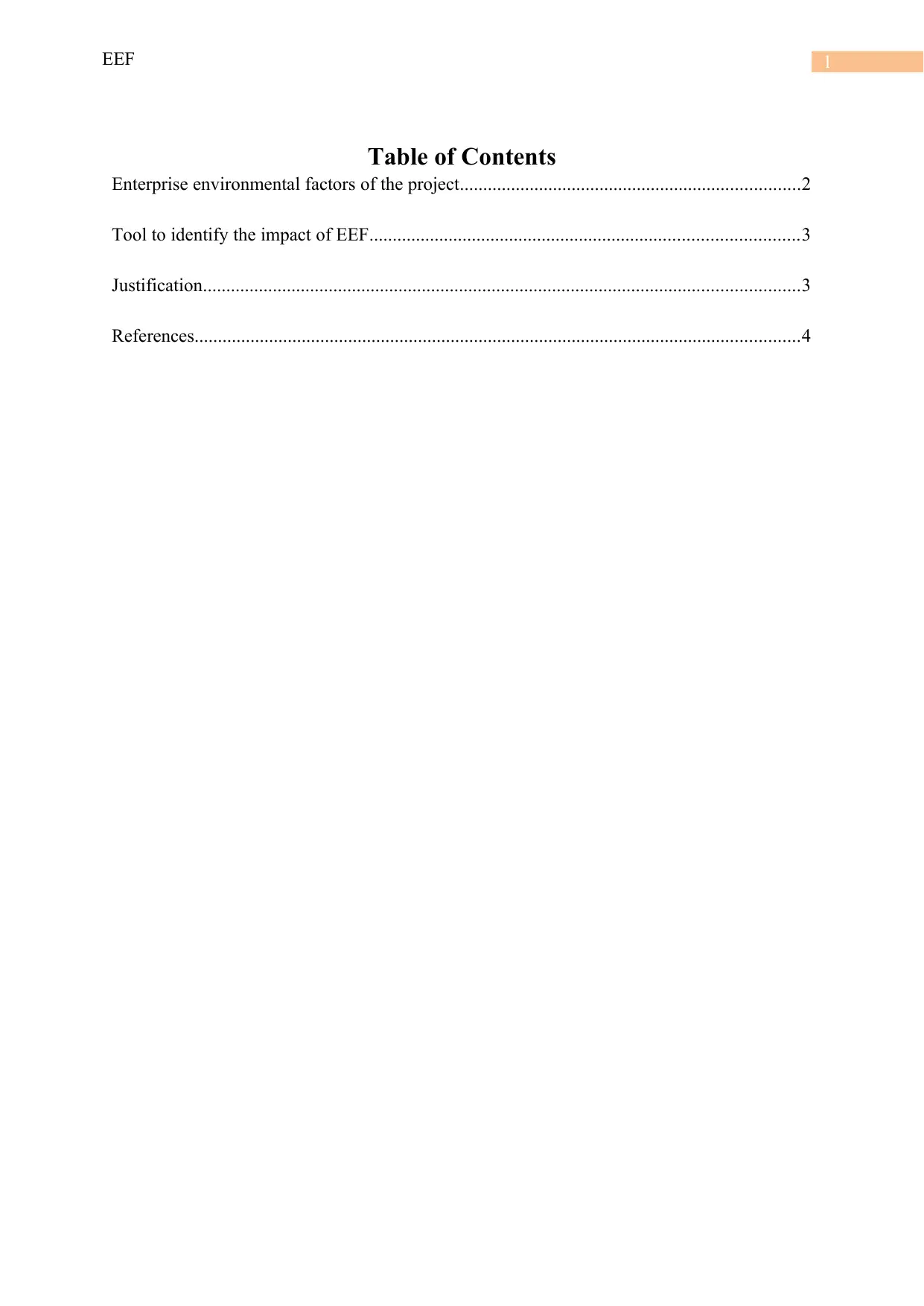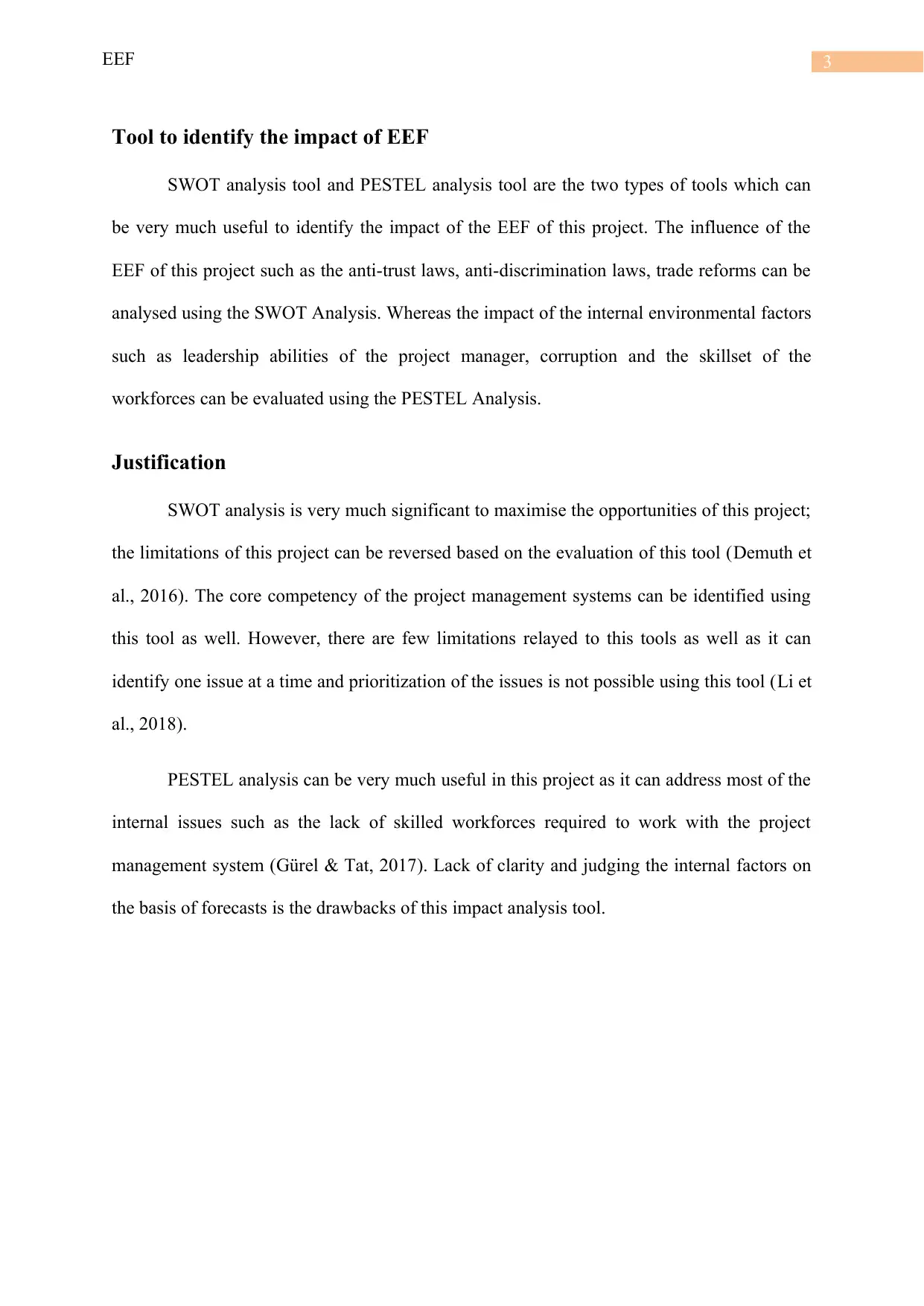Enterprise Environmental Factors and Impact Analysis for PROJ6001
VerifiedAdded on 2022/09/18
|5
|839
|18
Report
AI Summary
This report provides an analysis of enterprise environmental factors (EEF) within the context of a project management scenario, focusing on the University of Western Australia Library. It examines various EEFs, including cultural, political, economic, technological, and legal factors, and their potential impact on project outcomes. The report also introduces two key tools for impact analysis: SWOT and PESTEL analysis, detailing how each can be applied to assess the influence of these factors. Furthermore, the report justifies the significance of using SWOT and PESTEL analyses, highlighting their strengths and limitations in identifying project opportunities and addressing internal issues such as workforce skills. The analysis covers the implications of antitrust and anti-discrimination laws, trade reforms, and the importance of managing intellectual property within the project environment. References to relevant academic sources are included to support the analysis.
1 out of 5












![[object Object]](/_next/static/media/star-bottom.7253800d.svg)